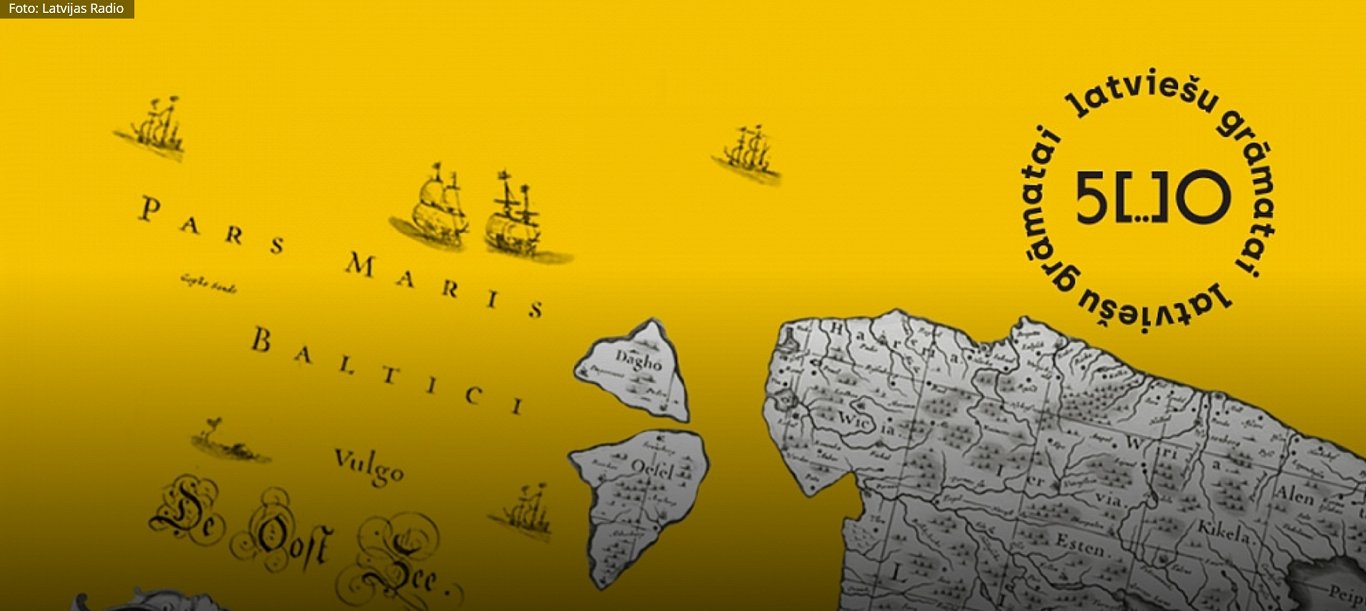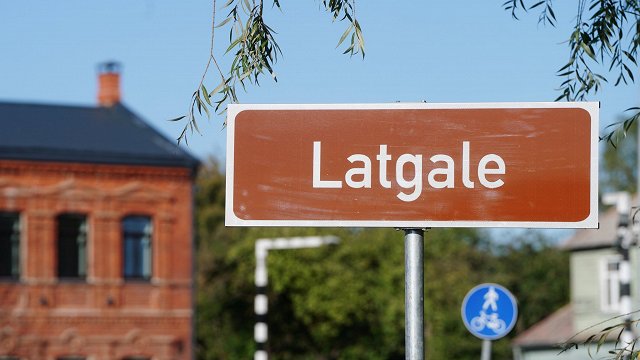More about the cycle of events can be discovered at the website https://www.gramatai500.lv and for more about the Latvian National Library and its constantly changing exhibitions and collections, visit: https://www.lnb.lv/.
The beginning and the sanctity – the first Latvian book, which no longer exists
Terms like the oldest and the first contain great strength. Even if it is only small, the first step is a significant event, the start of something new. The oldest usually represents roots reaching far into the past, the uniqueness and special value of an event or object in relation to other events and objects.
The oldest and the first are usually valued more than the second or something that is not as old as the oldest, and the first and the oldest are usually also more expensive than something that does not have this unique quality. The strength of the oldest and the first lies in the fact that the oldest and the first lay the foundation on which what follows is built.
The oldest surviving handwritten text and the first printed book are very important for a people and a nation, as these are seen to be the beginning of written culture. The cultures of small languages particularly stress the importance of the oldest and first texts or books in the development of language and national identity. The fact that these texts are the oldest and the first makes them very special.
When developing the National Library of Latvia's exhibition "Luther. The Turn” in conjunction with the stage designer and director Reinis Suhanovs, we decided to play with the sacralisation and worship of the oldest. A black cube was placed above the display case which contained the printed book Agenda siue benedictionale, brought over from the Uppsala University Library.
The book featured the oldest datable fragment of written text in Latvian, the so-called Gisbert Lord’s Prayer (written around 1530). Every visitor to the exhibition had to bend down to see this oldest work, which is actually not a thick tome of a hundred pages, but just a few lines, in small handwriting, on the back of the title page. These few lines which are hard to read, discovered by the historian of religion Haralds Biezais in the 1950s, have become a national treasure, even though, from a distance, there is nothing special about the text. Other early 16th-century Lord’s Prayers in Latvian have been discovered which, however, cannot be dated with such accuracy.
A treasure and the beginning of everything – the first printed book in Latvian – cannot be put in an exhibition case and it can’t be revered as a sacred object.
When we search for the earliest written and printed texts in Latvian, we are often lost in the dark and are met with assumptions and conjectures instead of facts. Somewhere within the darkness that holds the beginnings of the Latvian language, the year 1525 has a neon glow. Started by Luther, the Reformation advanced the creation and printing of texts in vernacular languages, including small languages such as Estonian, Finnish, Latvian and Lithuanian, which most likely did not have printed books prior to this. In November 1525, at the peak of the Reformation, Johannes Brandes, dean of Lübeck Cathedral Chapter, recorded in his diary that the city council of Lübeck had confiscated barrels filled with Lutheran books, among which were printed texts in Estonian, Latvian and the common Livonian language (most probably Middle Low German).
Brandes goes on to write that the Lübeck city council wanted the books, which a merchant was about to transport to Riga, to be burned in the market square. We do not know if the oldest book printed in Latvian was burnt in the market square. We also do not know exactly what the text was, who translated or wrote it in Latvian, where the book was printed, and we do not know what the written Latvian language was or who the intended buyers and readers of the book were.
After the beginning, for which there is no factual evidence, apart from Johannes Brandes' notes, there was silence which probably appears to be silence only to us. The oldest surviving printed text in Latvian, recently on display in Riga, was printed in 1585.
It is likely that books in Latvian were printed between 1525 and 1585, because the oldest extant book in Estonian, the Catechism translated by the clergymen Johann Koell and Simon Wanradt – or rather fragments of it – was printed in Wittenberg in 1535, and it is also known that church hymns were translated into Latvian in Riga, as there was a Latvian congregation in St James' Church.
For Latvians there is a 'first' and 'oldest'. The first printed text in Latvian cannot be touched or viewed, as it has perished, but the year '1525' shines as the beginning, which has continued for five centuries and will do so in the future.































